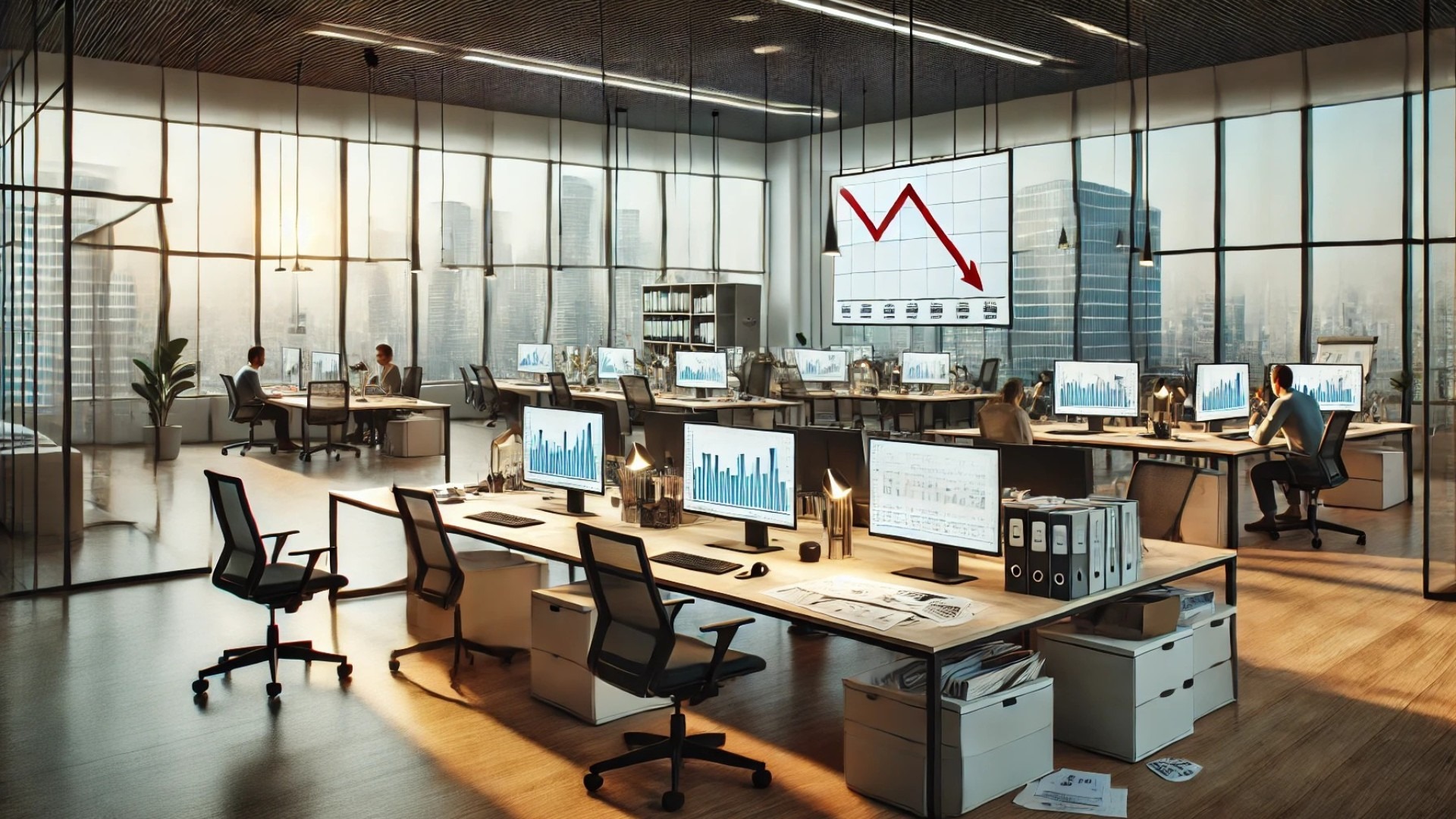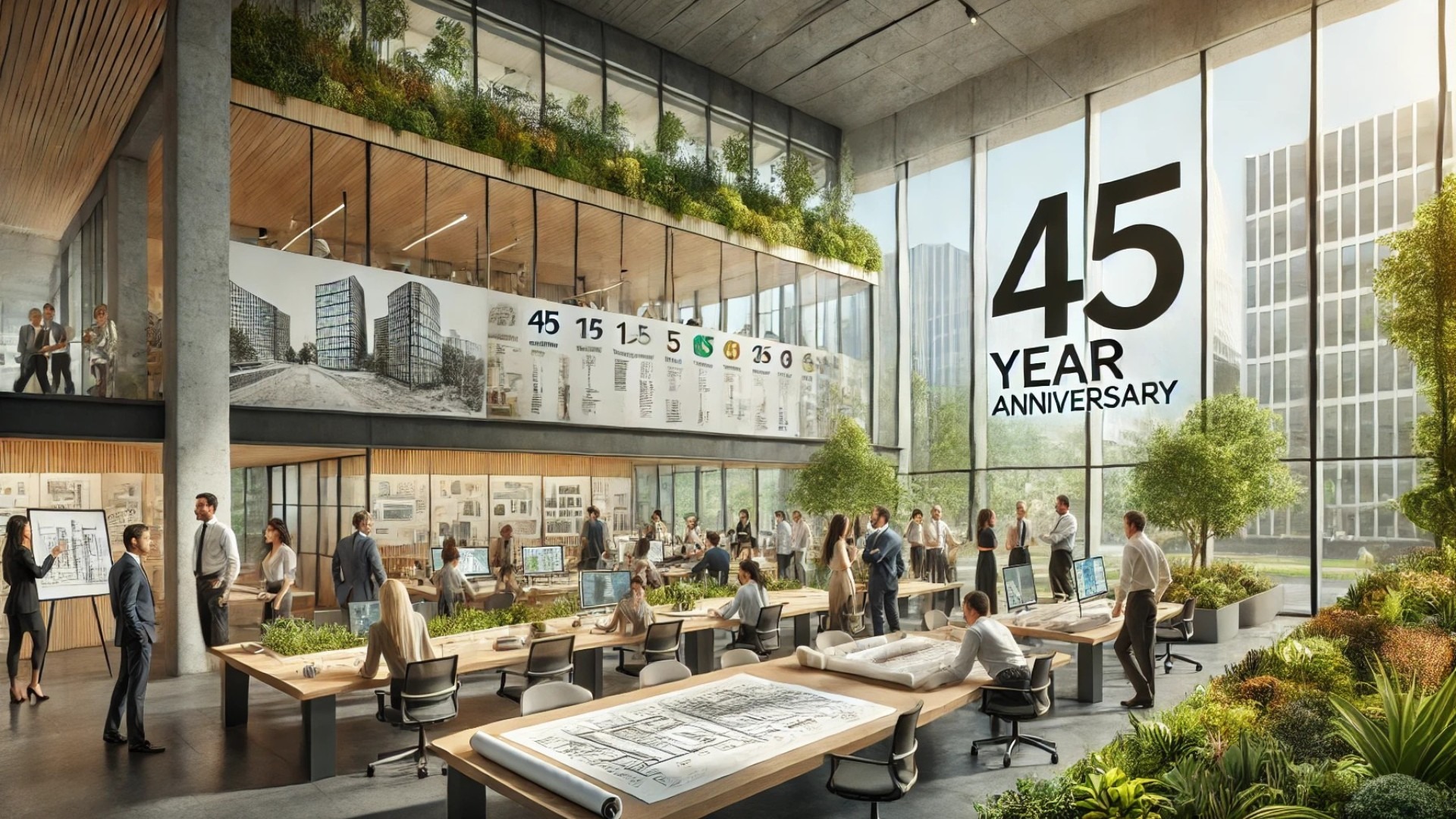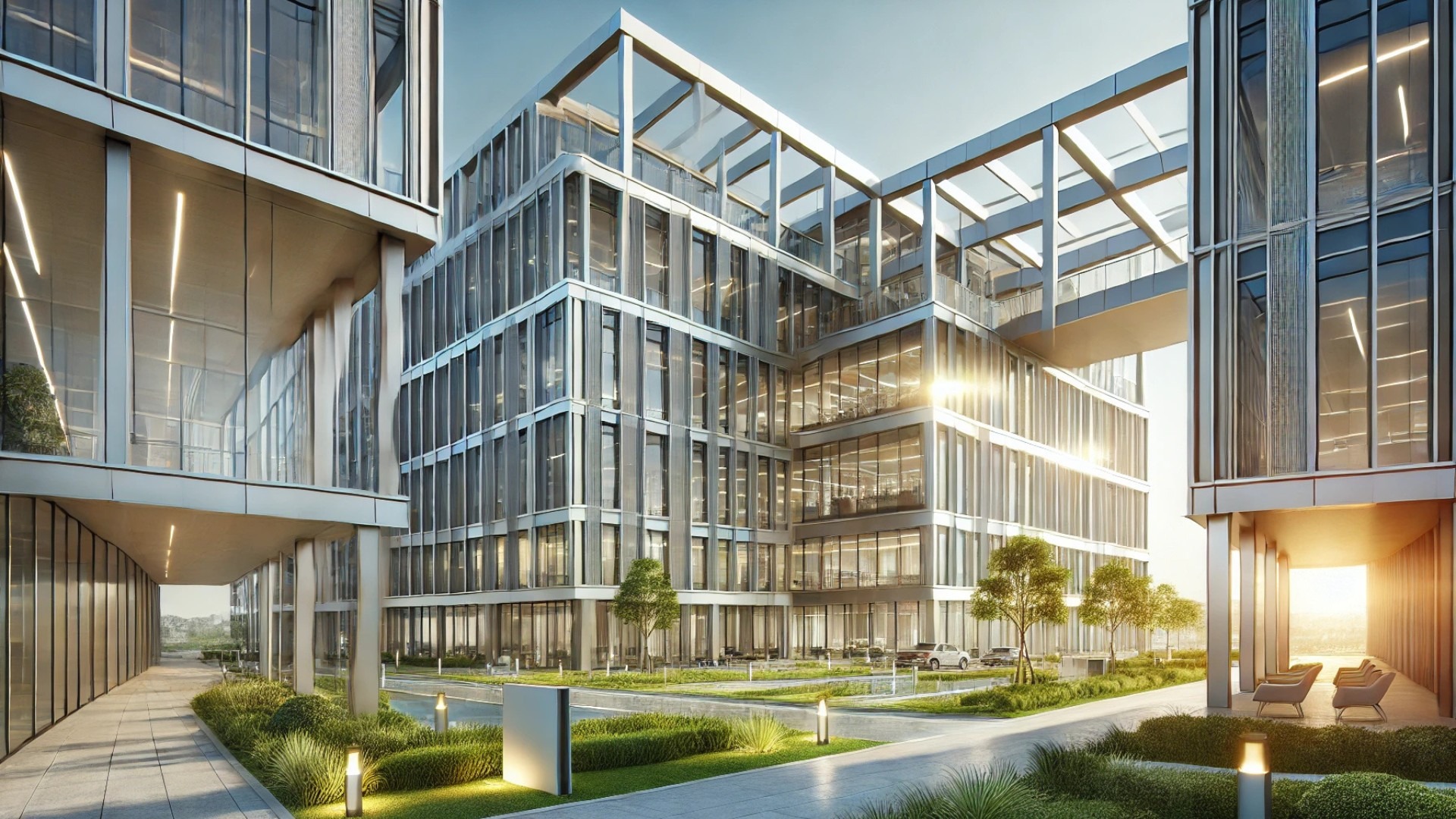
The State of Billings in Architecture: A worrisome trend
According to the latest report from the AIA/Deltek Architecture Billings Index (ABI), architecture firms are experiencing a persistent decline in billings. This trend signals not only financial challenges for these firms but also reflects broader economic conditions impacting the construction and building sectors.
Understanding the Decline
The ABI, which acts as a key indicator for the architecture industry, tracks billing activity across various architectural firms. The most recent findings highlight a second consecutive month of dwindling billings, indicating a tightening in client investment in architectural services. This downturn presents a grim picture where firms must reassess their strategies in a fluctuating market. Other economic indicators suggest a correlation between architectural billings and construction project initiation, which further emphasizes the importance of revamping project pipelines.
The Broader Economic Context
To grasp the implications of declining billings, one must explore the macroeconomic environment. Increasing inflation and rising interest rates significantly impact construction financing. The combination of these factors leads many clients to postpone or cancel architectural projects altogether, instead opting for preservation and maintenance of existing structures rather than new developments. Consequently, firms are expected to diversify their offerings and adapt to remain competitive.
Emerging Trends in Architectural Practices
Despite the decline in traditional billings, emerging trends in sustainability and innovative building practices may provide new avenues for growth. Architectural firms are now focusing on sustainable designs, retrofits, and adaptive reuse, aligning with global z efforts for environmental preservation. This shift not only appeals to environmentally conscious clients but also positions firms to capitalize on government and private-sector incentives for green building.
Challenges Ahead
However, the path forward is riddled with risks. Architectural firms may need to cut costs or downsize to weather the current economic situation effectively. While many firms are exploring digital transformation, such as using Building Information Modeling (BIM) and virtual reality in design processes, investing in new technologies amidst declining revenues poses a significant challenge.
Looking Forward: Opportunities for Adaptation
As the architecture industry grapples with these declines, firms that prioritize adaptability and diversification stand to gain. Emphasizing expert maintenance practices, such as roof assessments and sustainability evaluations, can create value for clients while ensuring firm viability. Firms should also consider enhancing customer engagement strategies to reinforce relationships during economic uncertainties.
Ultimately, while the decline in architectural billings presents substantial challenges, it also serves as a call to innovate and shift strategies. By embracing emerging architectural trends and investing in sustainable practices, firms can navigate through the current storm and emerge resilient.
 Add Row
Add Row  Add
Add 




Write A Comment